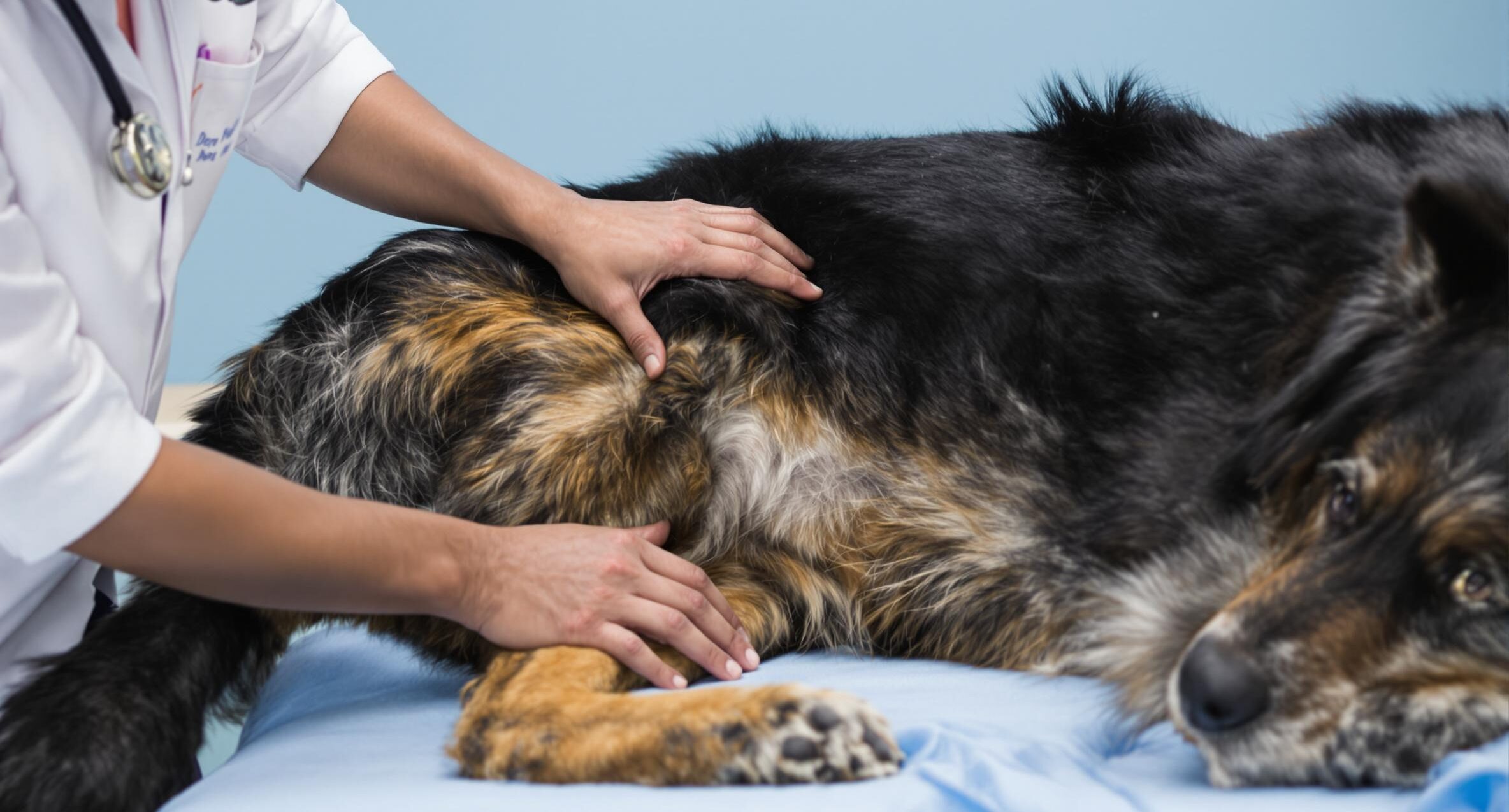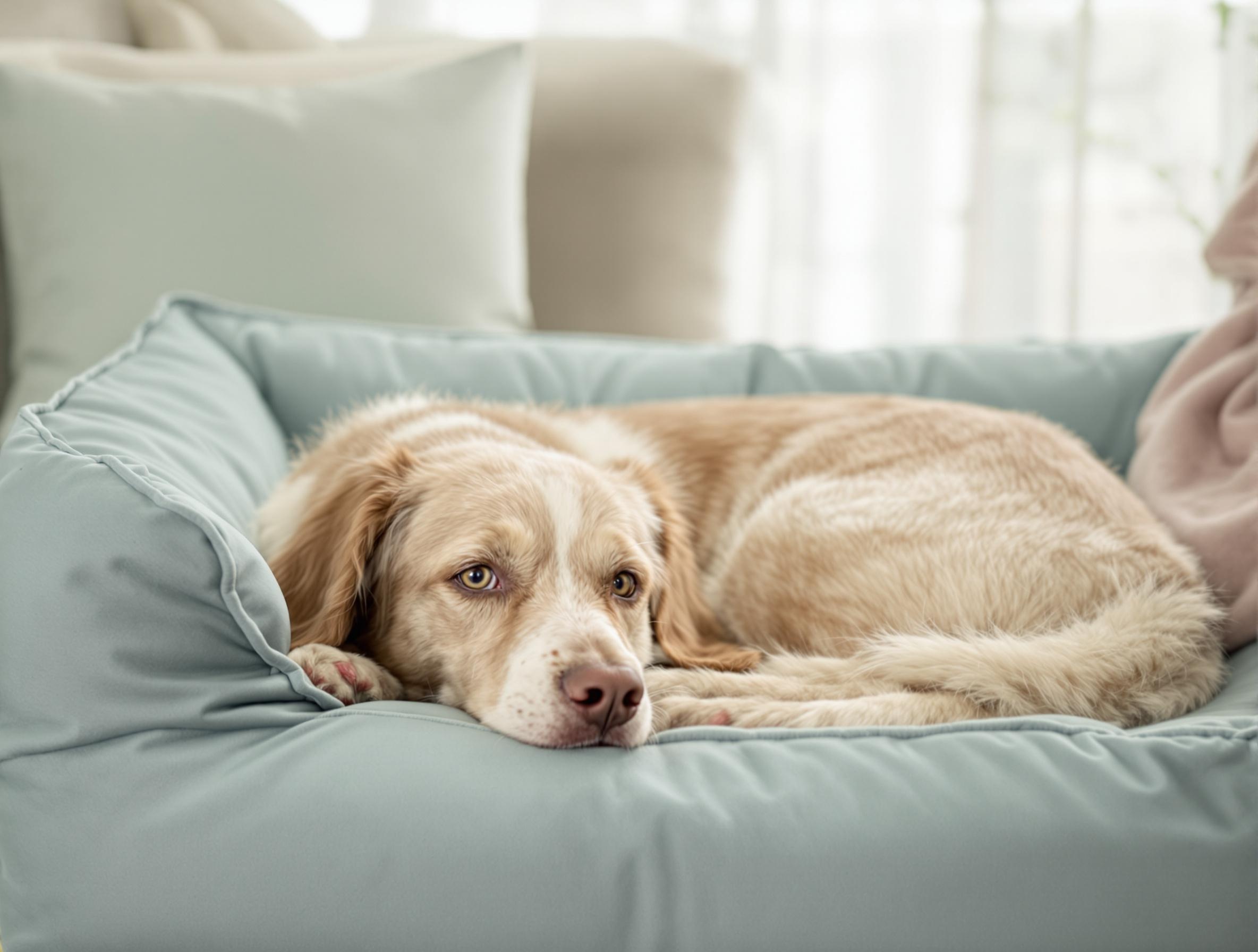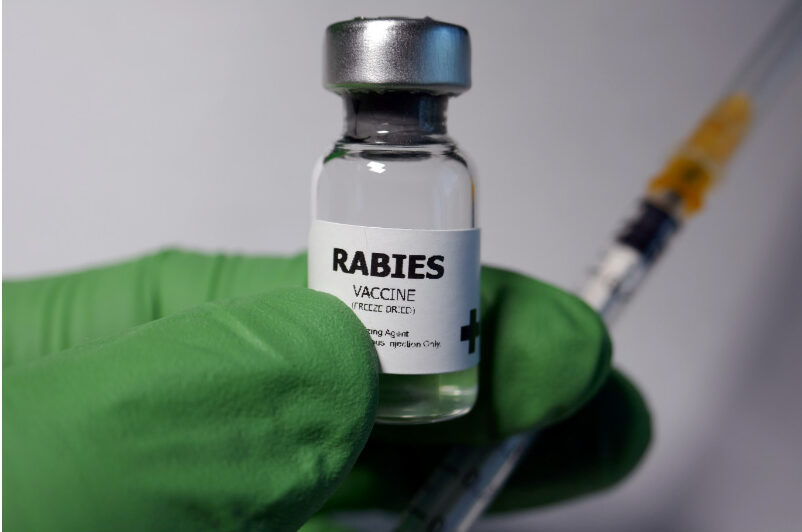Why Does Arthritis In Dogs Get Worse in Winter?

For dogs and cats with arthritis, symptoms can change from day to day. And as cold weather sets in, it’s almost inevitable that arthritic pets will experience notably more pain and stiffness. Learn how the cold can affect your pet’s joints and what you can do to help your dog or cat stay warm and comfortable whatever the weather.
How Cold Weather Affects Arthritic Joints
It’s unclear exactly why people and pets with arthritis experience more pain and stiffness during the winter. There are several factors that may affect symptoms in cold weather.
Synovial fluid is a thick, slippery fluid that helps lubricate the joints. Normally, it’s about the consistency of egg whites, but cold temperatures can cause it to thicken, causing uncomfortable swelling and stiffness in pets with arthritis.
Exposure to the cold, in general, can make some pets feel more sensitive to pain. This could be because in response to the cold, blood vessels constrict at the surface of the skin, helping to retain heat at the body’s core. As a result, poor circulation can reduce blood flow to painful joints.
With weather changes, there are also changes in the barometric pressure. Barometric pressure drops before a rain storm or snowfall. This drop in outside pressure can cause tissues inside the body to expand, leading to painful swelling within the joints.
5 Ways To Help Arthritic Pets in the Winter
1. Keep your pet hydrated.
Adequate hydration can help thin synovial fluid that has thickened in cold weather. Many pets can be encouraged to drink more with tasty, warm fluids like heated bone broth, goat’s milk, or other pet-friendly liquid treats. You can also add warm water to your pet’s dry food to help them stay hydrated.
2. Stretch and massage affected joints.
Gentle stretching and massage increases blood flow to the joints, helping to circulate inflammatory waste products away from the joint and encourage oxygen and nutrients to enter the joint tissue. You’ll also help synovial fluid flow freely around the joint space.
3. Warm up your pet’s sleeping space.
Often, pet beds placed on the floor are exposed to drafts. Make sure your pet’s bed is furnished with warm blankets and provides adequate protection from the cold. Consider a heated pet bed to keep your pet warm throughout the night.
4. Limit time outdoors.
If your pet must go outside to do their business, do your best to protect them from the cold. Some pet parents put up a small tent to create a potty area shielded from the rain, wind, and snow. Or, you can shovel a path to make sure your pet does not have to step directly on the snow or ice. Limit potty trips to just a few minutes, and quickly warm and dry your pet when they come back inside. Try indoor exercises for pets with arthritis to keep your pet on the move, even when it’s too cold to be outside.
5. Talk to your veterinarian about pain management.
If your pet’s current chronic pain protocol is no longer working for them, it’s time to explore other options. Your veterinarian may need to increase their dosage of pain medication, or may recommend solutions like Adequan® for dogs, laser therapy, acupuncture, surgery, and/or electrotherapy. You can also try warm compresses, joint supplements, and adding whole foods that relieve pain and inflammation.





